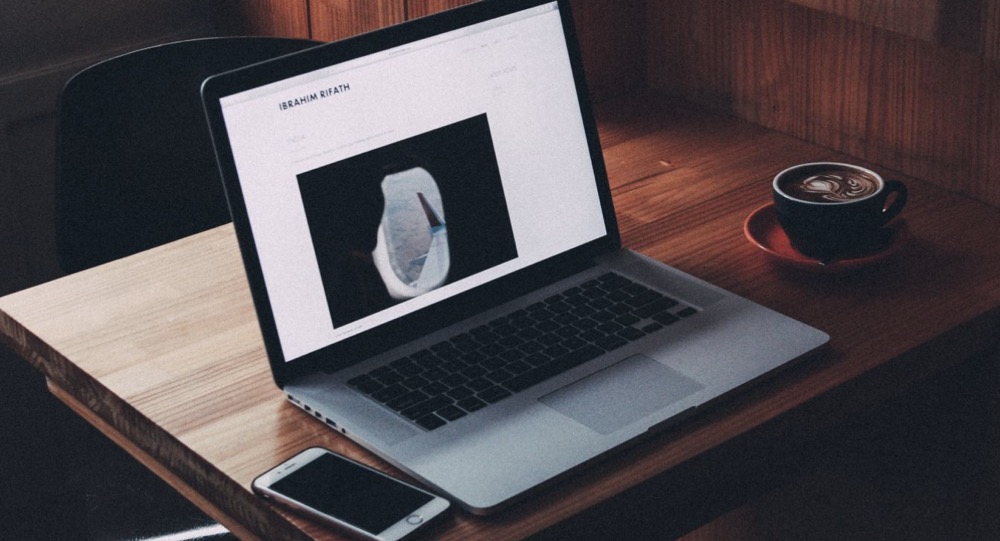Are you experiencing eye strain after working long hours on your Mac computer? Try switching to Dark Mode! Especially in dimly-lit environments, changing your interface to a lower-contrast, darker color scheme is easier on your eyes and can help you focus on the task at hand. This minHour article will show you simple ways to enable Dark Mode on any device running macOS Mojave or later.
Turn on Dark Mode Using System Preferences
Click on in the top left corner of the screen.
This is your main menu.
Select System Preferences.
Click on General.
It is the first icon under your user information.
Under Appearances select Dark or Auto mode.
- Light Mode is the standard macOS color scheme. It uses black text on a white background. You may prefer to use this in bright workspaces or during the daytime.
- Dark Mode inverts the standard colors, with light text on a black background. This highlights the information you’re using while toning down background windows and buttons. You may prefer to use this in darker rooms or after sunset.
- Auto Mode turns on Light Mode during the day and Dark Mode in the evening based on local sunrise and sunset times.
- Light Mode and Dark Mode activate immediately when selected so you can easily switch between them from the same screen to see the difference.
Toggle Dark Mode in Control Center
Click on Control Center at the top right of the screen.
The icon is two sliders, and is found to the left of the date and time on your desktop.
Click anywhere on the Display item.
Click Dark Mode.
It will automatically activate.
- If Auto Mode is enabled, your computer will maintain its schedule and the display will change back to Light Mode at sunrise. Control Center is an easy way to switch between color schemes temporarily.
Tips
- Dark Mode doesn’t just affect your desktop! Many macOS apps also utilize a darker color scheme automatically when it is enabled. If you still want a light background in Mail, TextEdit, Maps, or Safari, you can switch them back in the individual app’s preferences.
